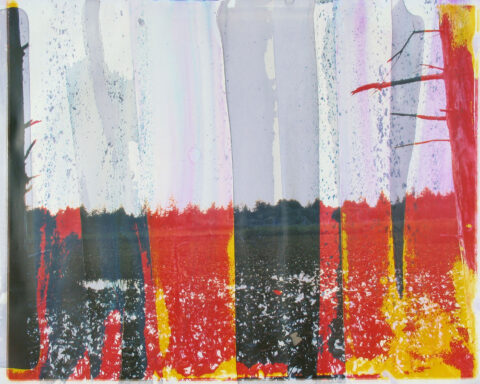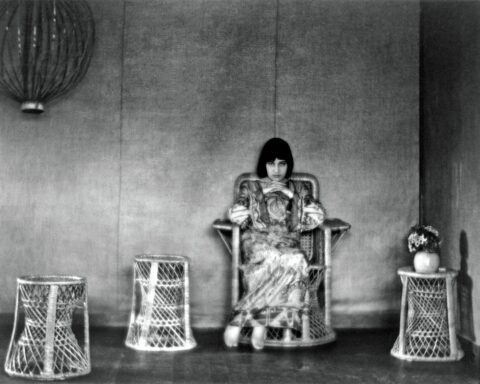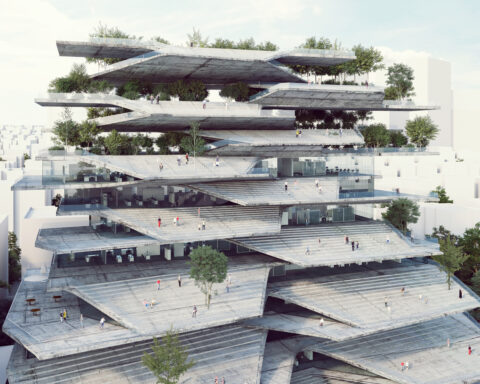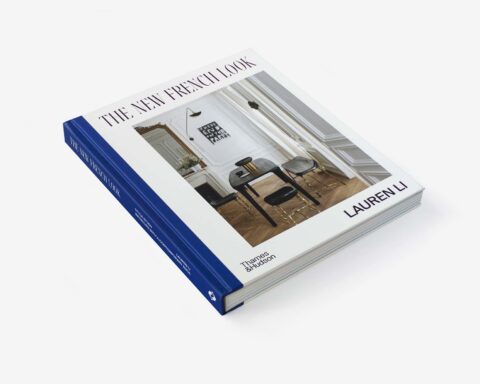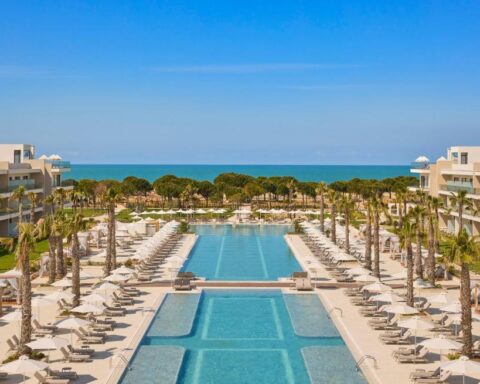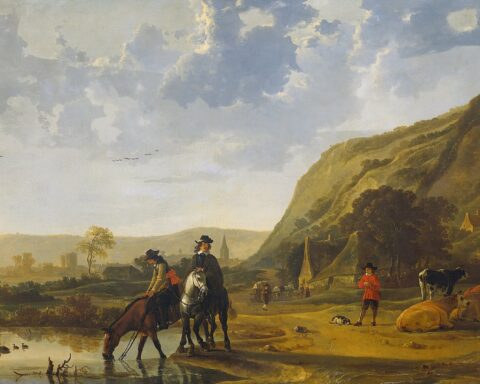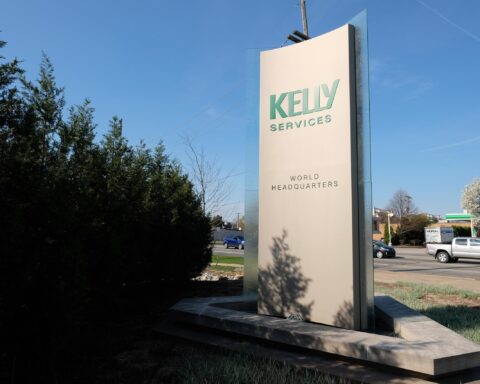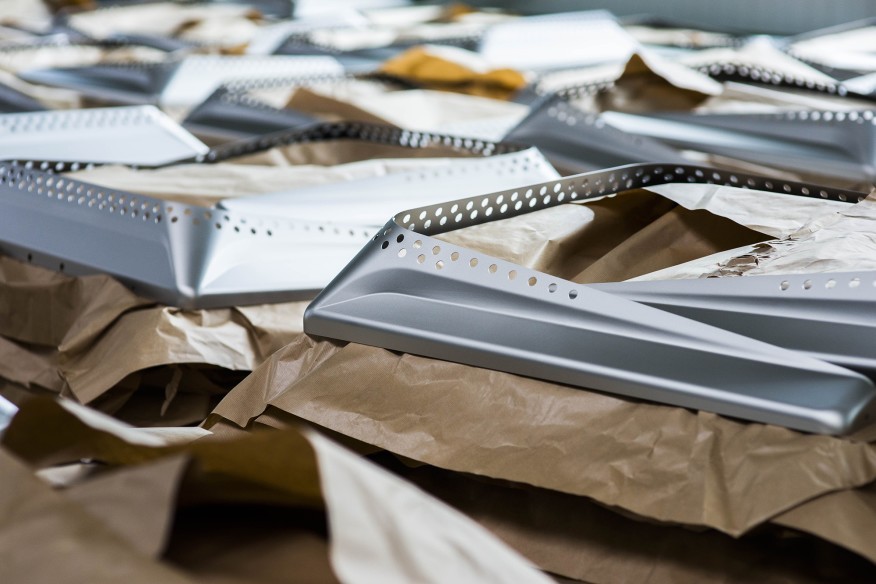For Harvard University’s Paulson School of Engineering and Applied Sciences, Behnisch Architekten created a system that would minimize the building’s energy load and maximize visual interest.
“There’s a sense of care and thought in terms of balancing the shade’s cost and production with its aesthetics, architectural value, and environmental value.” —Juror Tom Chung, AIA
In designing a six-story, 497,000-square-foot science and engineering complex for Harvard University, Behnisch Architekten faced two daunting tasks: how to minimize the energy load of the massive building, conceived as a series of large glass boxes; and how to minimize the enormous structure’s scale in Allston, a low-slung, academic and residential neighborhood across the Charles River from the university’s main campus in Cambridge, Mass. “We had a scaleless façade cladding, and we wanted to mask all that with a textured façade,” says Boston-based Behnisch partner Robert Noblett, AIA.
The solution was the development of a shading system that could pull double duty as a cooling mechanism and as a visual break in the building mass—and be lightweight enough to be installed on the façade with minimal structural support.
Inspired by the shapes, strength, and thinness of everyday objects like tin cans and soup bowls, Behnisch worked with German fabricator Edelstahl-Mechanik to create the world’s first hydroformed tensile façade. Common in the aerospace industry, hydroforming uses water pressure to shape ultrathin metal plates against a mold, creating custom pieces.

